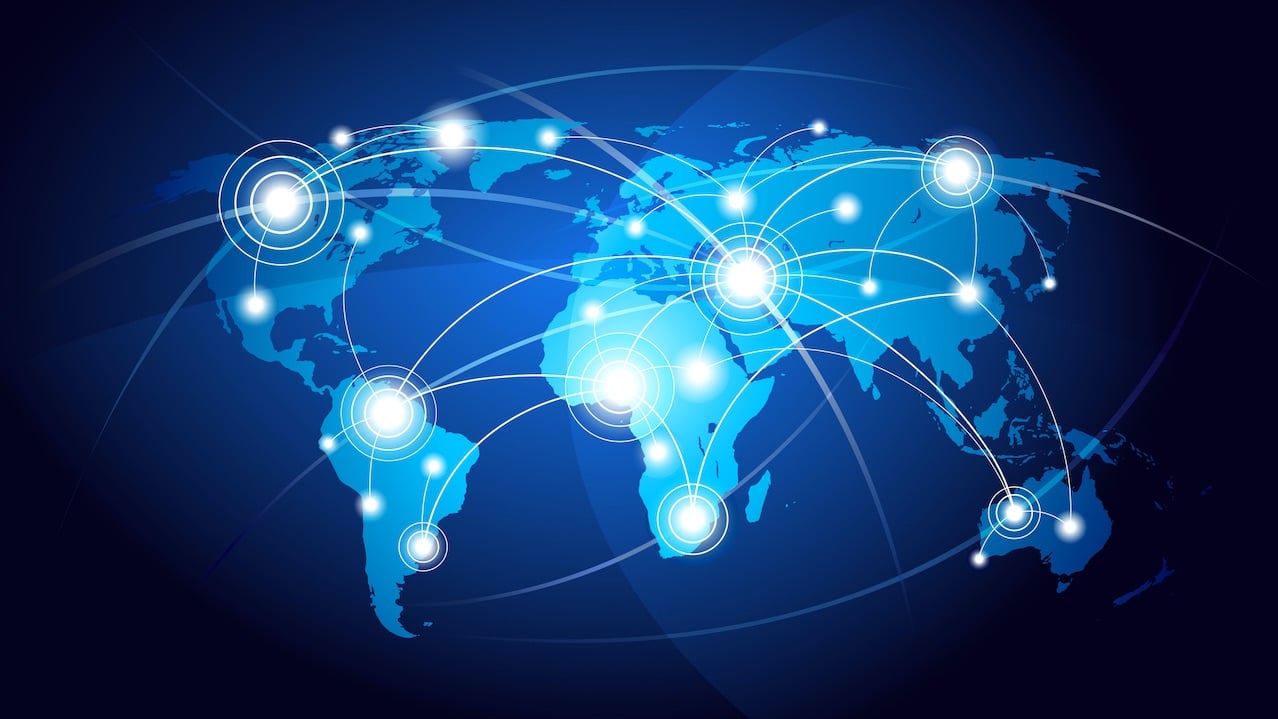A good portion of Tech Princess’s current affairs and culture articles show the enormous changes taking place. Knowledge, but also communication, increasingly pass through the Internet and social networks.
In the months of the pandemic, then, we discovered the advantages of some important tools, which can facilitate work as well as study. For example, think about the possibility of organizing meetings but also lessons thanks to video chats.
Right, those that are enormous opportunities risk becoming yet another confirmation of the gap between those who have the opportunity to benefit from new technologies and those who do not.
Let’s say it better: they risk exacerbating the differences between the rich and poor parts of the world population.

One third of the world’s population does not have access to the Internet
And if the digital divide (i.e. the digital divide) between north and south is already being talked about in Italy, the results of a recent report by ITU, the International Telecommunications Union, are much more sensational.
Which gives us, in summary, an alarming fact: about one third of the world’s population does not have access to the Internet.
Let’s find out in more detail what the research says the International Telecommunication Union.
The Itu report
If it is true, as it is true, that the world population amounts to just under 8 billion people, almost a third of it (or about 2.7 billion individuals) does not have access to the Internet.
This data provided to us by the ITU does not need many periphrases, and alone explains how any extended digitization project is still far from being realized.
Of course, the pandemic has given a push to connect those who previously did not use any device. Suffice it to say that in 2019 about 3.6 billion people (equal to just under half of the population at the time, 7.6 billion) did not have access to the Internet. By 2021, the number had dropped to 3 billion.
So where is the problem? The trend is positive.
Not entirely: after the boom evidently caused by the restrictions imposed by the pandemic, there is now a slowdown in new connections.
A zoom on the phenomenon
Another fact to consider is that the growth of the last two years has not been at all homogeneous.
The global percentage of users registered a + 7% between 2021 and 2022. And there is also a + 6% of Internet penetration, ie the share of individuals who use the Internet.
Africa, the continent still significantly less connected, has however jumped by + 13%, and now 40% of the population is online. The percentage rises to 70% in the Arab states.
The smallest increase was recorded in Asia and the Pacific: the population had access to the Internet in 61% of cases in 2021, and has now earned just three points, reaching 64%.
Same increase for the Americas (80% of the connected population), but Europe has the highest percentage of the online population: 89%.
The gender gap should also not be underestimatedResearch shows that the disparity is around 8% in this case. Furthermore, in the so-called Global South (the former “third world”: Africa, Latin America and Asia) 19% of women have access to the Internet, compared to 86% in the Global North.
The words of the president of Itu
Houlin Zhao, general secretary of the Itu comments on the current stalemate.
Zhao said: “While continued growth is encouraging, the current trend suggests that without more infrastructure investments and a new impetus to foster digital skills, the ability to connect everyone by 2030 seems increasingly scarce..
The pandemic has given us a big boost to connectivity but we need to maintain the momentum to ensure that everyone, everywhere can benefit from digital technologies and services.
The result can only be achieved with greater investment in digital networks and technologies, implementing best practice regulation and a continued focus on skills development as we move towards a post-pandemic era ”.
Two problems to face
There are two further issues to be addressed.
The first is there “Meaningful connectivity”, which for the ITU is a level of connectivity that allows users to have a safe, satisfying, enriching, productive and affordable online experience.
Consider that the poor quality of the Internet did not allow Italy to go beyond the nineteenth position in Surfshark’s Digital Quality of Life Index 2022. Which is calculated on five parameters: precisely the quality of the Internet and then e-government, e-infrastructures, accessibility to the Internet and e-security.
The second challenge is illustrated by Doreen Bogdan-Martin, Director of the ITU Telecommunications Development Office. Bogdan-Martin said: “While the increase in the number of people using the Internet around the world is positive, we should not assume that the robust growth seen in recent years will continue unabated.
Those who aren’t using the internet yet will be the hardest to get online. They live in remote areas, often belong to disadvantaged groups and in some cases are unfamiliar with what the Internet has to offer. That is why our goal must not only be universal connectivity, but universal meaningful connectivity ”.















Leave a Reply
View Comments